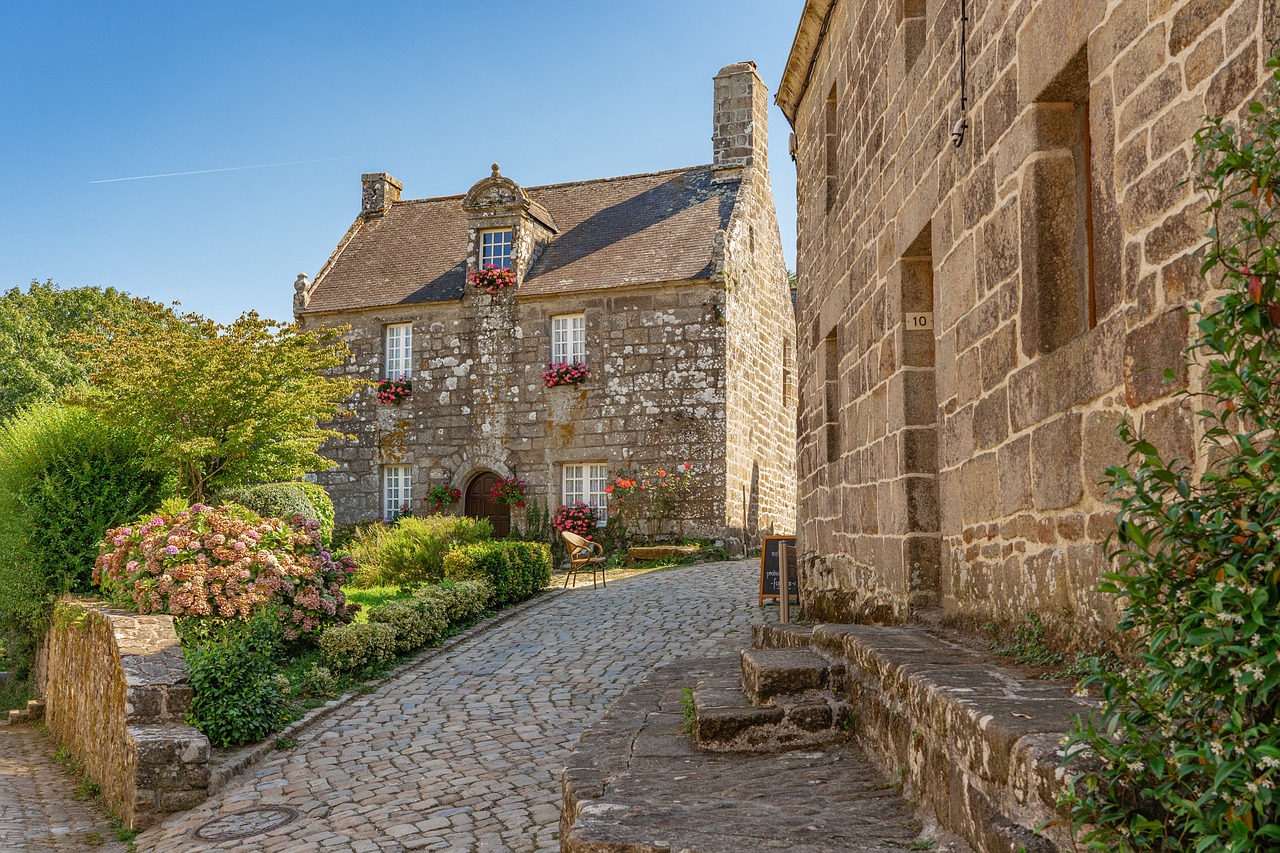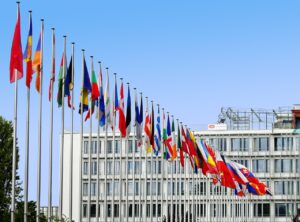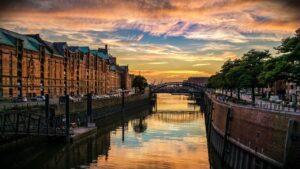For decades, the story of Europe’s rural villages seemed written in fading ink. Young people moved to the cities, old houses crumbled, and communities that once thrived became ghostly reminders of the past. But something unexpected is happening. From the olive groves of southern Italy to the forested valleys of France and the wind-swept hills of Portugal, Europe’s forgotten villages are coming back to life — not through rapid modernization, but through a slow, intentional revival.
This quiet renaissance is being led by a unique blend of locals returning home, adventurous expats seeking a simpler life, and digital nomads discovering the beauty of remote living. Together, they are not just renovating houses — they’re rebuilding communities, traditions, and sustainable lifestyles.
A Shift in Values
The COVID-19 pandemic triggered a reevaluation of modern life. For many, the idea of working remotely from a cramped apartment in a busy city lost its appeal. People began to crave open space, connection with nature, and a sense of community. Suddenly, Europe’s rural villages — once dismissed as too quiet or outdated — became attractive again.
In Spain, the phenomenon even has a name: España vaciada, or “Emptied Spain.” In response, local governments and private initiatives have launched programs offering cheap or even free homes to those willing to settle in depopulated towns.
Italy has seen similar efforts, with towns like Sambuca in Sicily or Mussomeli offering houses for just one euro — on the condition that buyers renovate them.
But this movement is not just about cheap property. It’s about purpose. Many newcomers are entrepreneurs, artists, eco-farmers, or remote workers seeking a different pace of life. They bring energy and ideas, but they also adapt to the rhythms of the village.
Stories of Revival
In Portugal, the mountain village of Cerdeira was once nearly abandoned. Today, it’s a thriving artists’ village, with restored stone cottages, a community center, and events celebrating local crafts. Tourists come not for luxury, but for authenticity — to attend pottery workshops, walk through the forests, and eat bread baked in traditional ovens.
In France, the village of Saint-Pierre-de-Frugie was facing extinction. The school had closed, and shops were shutting down. Then a new mayor decided to fight back.
The village adopted an eco-conscious vision — creating community gardens, promoting organic farming, and restoring old buildings. It worked. Young families returned. The school reopened. Today, it’s considered a model for rural revival.
Meanwhile, in Croatia, foreigners from Germany, the UK, and the Netherlands are buying old stone houses in Istrian villages and turning them into eco-retreats or working remotely with stunning views of the Adriatic.
Technology and Tradition
One of the surprising drivers of this revival is technology. With high-speed internet reaching more remote areas, digital nomads can now work from nearly anywhere. Co-working spaces are popping up even in tiny Alpine villages. Remote work has given people the freedom to choose lifestyle over location — and many are choosing stone cottages over skyscrapers.
But technology is not replacing tradition — it’s complementing it. In many revived villages, you’ll see an interesting blend: online yoga classes streamed from renovated barns, or artisan cheese makers with Instagram accounts attracting global customers.
Challenges and Balance
Of course, the village revival isn’t without its challenges. Influxes of outsiders can sometimes lead to cultural clashes or rising property prices that push out locals. Sustainable development is key. The most successful revivals are those where newcomers respect local traditions, invest in the community, and prioritize collaboration over change.
In the Aosta Valley of northern Italy, a group of young Italians decided to stay in their ancestral village rather than move to the city. They formed a cooperative that grows organic vegetables, teaches traditional cheese-making, and hosts nature retreats. Their goal isn’t to become rich — it’s to preserve a way of life that has meaning.
Similarly, in Scotland’s Highlands, crofting communities are embracing tourism not as a replacement for their lifestyle, but as a supplement. They invite visitors to learn how to shear sheep, weave wool, and bake oatcakes — not just to look, but to participate.
The Emotional Appeal
Why does this story matter? Because it taps into something deeply human: the longing for roots, belonging, and balance. In a world that feels increasingly fast and fragmented, these villages offer something rare — a slower, more intentional way of living. People aren’t just moving to the countryside for scenery. They’re looking for meaning.
Children play safely in the squares. Neighbors share harvests. Local festivals bring together generations. There’s something comforting about the rhythm of village life — one that many thought was lost, but is now being rediscovered.
A Lesson for the Future
The revival of Europe’s villages is more than a feel-good story. It offers lessons in sustainability, community resilience, and cultural preservation. It shows that progress doesn’t always mean expansion — sometimes, it means reconnection.
Europe’s hidden hamlets may never again be bustling metropolises, but that’s not their purpose. They are places of refuge, creativity, and rebirth.
As more people seek to escape the noise and find something real, these villages may become the heart of a new kind of European dream — one rooted in history, nurtured by community, and open to the world.
So next time you dream of Europe, don’t just think of Paris or Rome. Think of the stone cottages of Slovenia, the terraced hills of Madeira, the cobbled streets of a village in northern Greece. There, in the quiet, a new future is taking shape — one slow step at a time.




